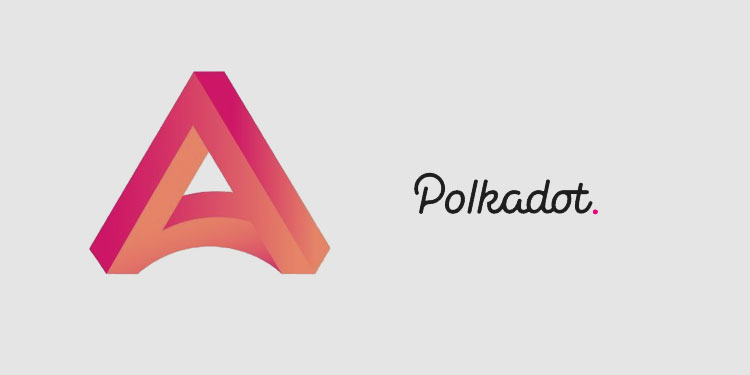Acala Network, a consortium of decentralized financial projects has been launched this week, with the goal of creating an open cross-chain infrastructure for the Polkadot ecosystem. A work in progress, Polkadot enables cross-blockchain transfers of any type of data or asset.
The first implementation coming from Acala is a cross-chain capable multi-collateralized and decentralized stablecoin based on Substrate, which is transferrable to all chains on the Polkadot network. To get things moving, the Web3 Foundation has awarded a development grant for the stablecoin protocol.
Laminar and Polkawallet, two active members in the Polkadot ecosystem are the founders of Acala. They are running the Acala network in the form of a consortium, because:
- It believes in the common-good foundational layer of the Polkadot DeFi ecosystem, and the protocols should not be dominated by any single entity;
- They are building a community-owned stablecoin network, where stakeholders, participants, and users are able to govern the core monetary policies of the ecosystem collectively;
- Acala aims at broadening membership and inviting ecosystem participants to join the consortium and the movement towards a truly decentralized and community-owned currency.
“We’re excited to see a community-led project build a stable coin for Polkadot. It could be a key part of infrastructure that will enable various use cases in the Polkadot network such as DeFi and gaming applications.”
– Jack Platts, Head of Collaborations at Web3 Foundation
With development now underway, Acala was also selected to join the first batch of the Substrate Builder Program. The Substrate Builders Program powered by Parity identifies, supports, and mentors current and potential Substrate-based blockchain projects that are building impactful chains.
Protocol Overview
The first two protocols in Acala’s portfolio now under construction can serve as the foundation towards stability and liquidity for the Polkadot network and include:
Honzon — The Stablecoin Protocol
The first is a decentralized cross-chain capable multi-collateralized stablecoin powered by the Honzon Protocol, a cross-chain stablecoin system that will:
- Create a sound, stable currency for low cost, borderless value transfer for all chains in the network;
- Enable business lending with predictable risk;
- Serve as a building block for more open finance services.
The ACALA stablecoin (aUSD) is pegged to USD at a 1:1 ratio. Essentially users would take out a loan of aUSD by locking selected valuable crypto assets e.g. DOT, BTC or ETH as collateral. Users would need to pay interest to maintain this loan. The Honzon protocol has a set of mechanisms to maintain stability and manage risks from price fluctuation of the underlying collateral asset.
Homa — The Tokenized Staking Liquidity Protocol
The second protocol known as Homa is for tokenized staking liquidity to alleviate the challenge of opportunity cost of using staking assets. The Homa protocol establishes a staking pool tokenizing users’ staked assets (e.g. L-DOT as locked DOT) that will:
- Provide liquidity for staked assets (which would otherwise be locked without further use);
- Enable futures markets of the staked assets;
- Be tradable and liquid across all chains on the Polkadot network.






















